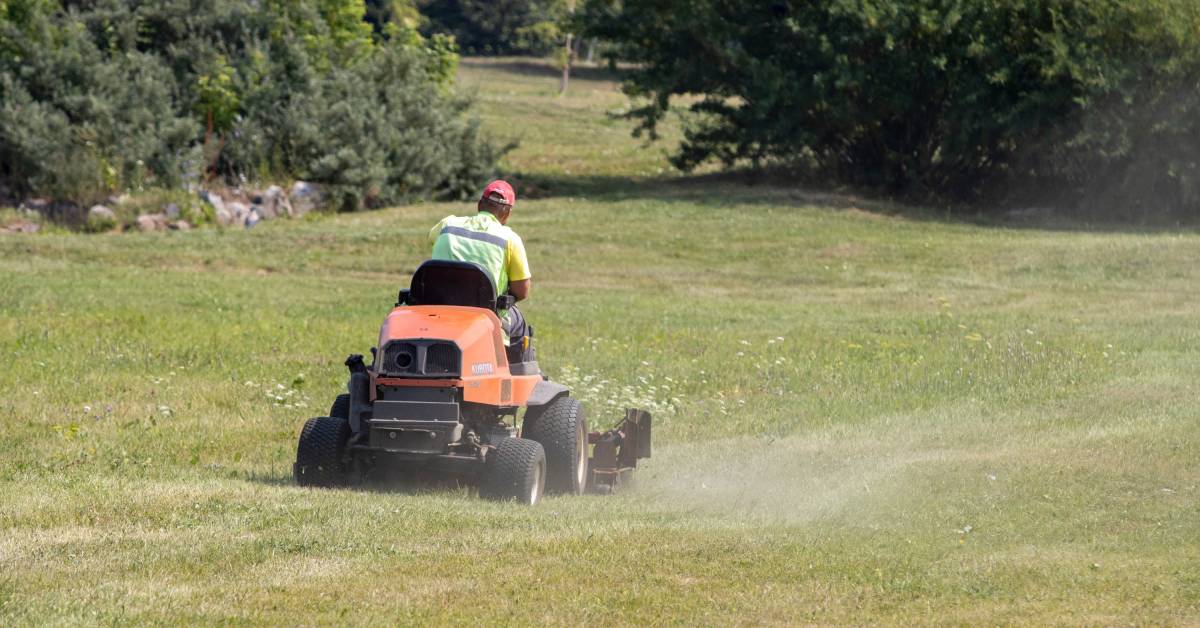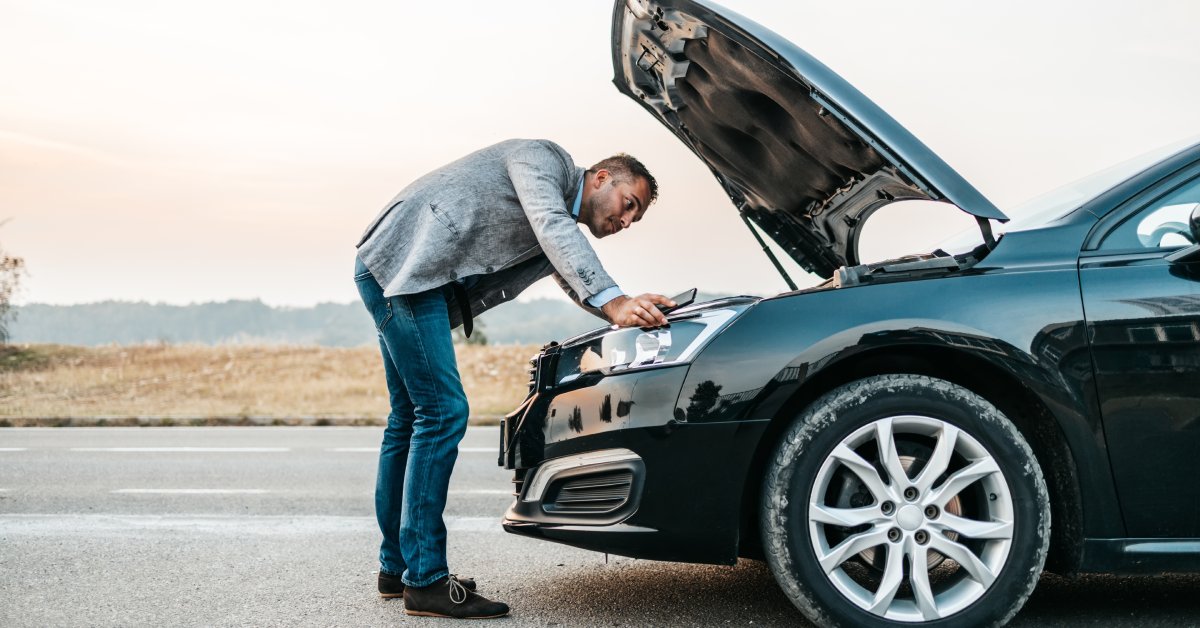
Potholes can cause major instant and cumulative damage to your vehicle.
Potholes are more than an occasional body-jarring, coffee-spilling annoyance. They can cause serious damage to your vehicle, E3 Spark Plugs‘ auto experts say. Potholes can cause damage to suspension and steering components, tires and rims, shocks and struts, exhaust systems, control arms, ball joints, tie rods, idler arms, pitman arms, sway bars and sway bar links, center and drag links, wheel bearings and axle shafts. In fact, Pothole damage accounts for nearly 500,000 insurance claims each year.
Shocks and struts take the biggest brunt of pothole damage. Using hydraulic oil, they compress and expand to help alleviate the negative effects of driving on uneven surfaces. The bump gets transferred from the tire and wheel directly to the shock absorber. Hitting a large pothole can cause the shock or strut to bottom out. Over time, the shock absorbing springs and struts become less resilient, leading to a much rougher ride and less responsive steering.
Potholes are a leading contributor to your car needing an alignment. They also can dent or crack your rims, especially if your tires are improperly inflated, and cause premature wear on your tires. This, along with long-term damage to suspension and steering component can make your car a mess to handle. In severe cases, potholes can even damage the lower engine and undercarriage components including the exhaust system.
Another major pothole problem: liability and reimbursement for repairs. While a few cities assume responsibility for pothole damaged caused by shoddy upkeep of their streets, most do not. Most insurance companies recognize an immediate pothole damage claim, but you can bet they’ll argue that much of the damage is cumulative. Ultimately, the responsibility and cost falls on you.
E3 Spark Plugs recommends avoiding potholes altogether if possible. If there’s no way to miss it, for Pete’s sake, don’t slam the brakes over a pothole. A blocked wheel is more likely to be damaged on impact than a wheel in motion. Instead, release the brakes just before the impact and let your car roll into and over the pothole. Keep your hands on the wheel and do your best to keep the car steady.







